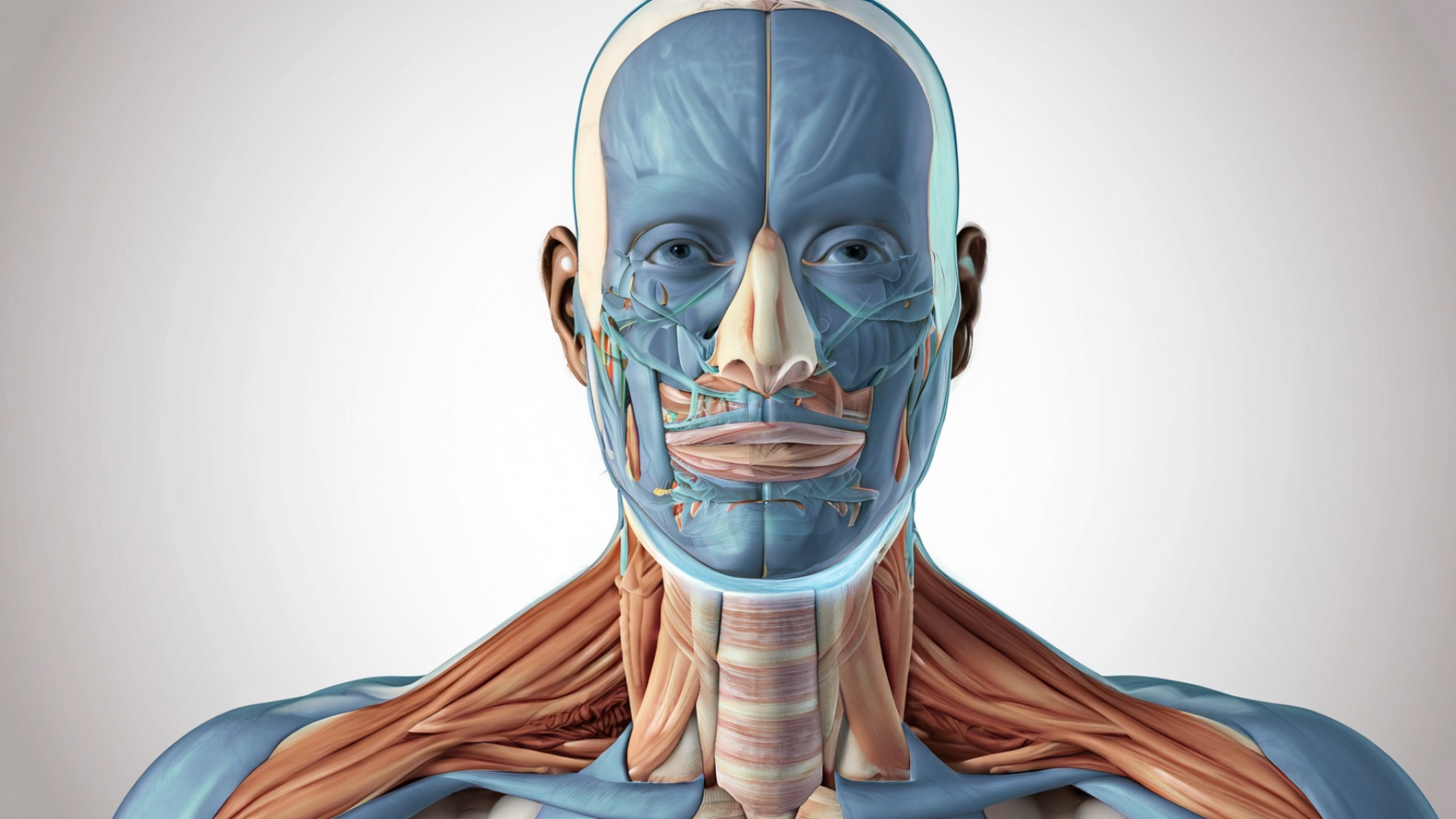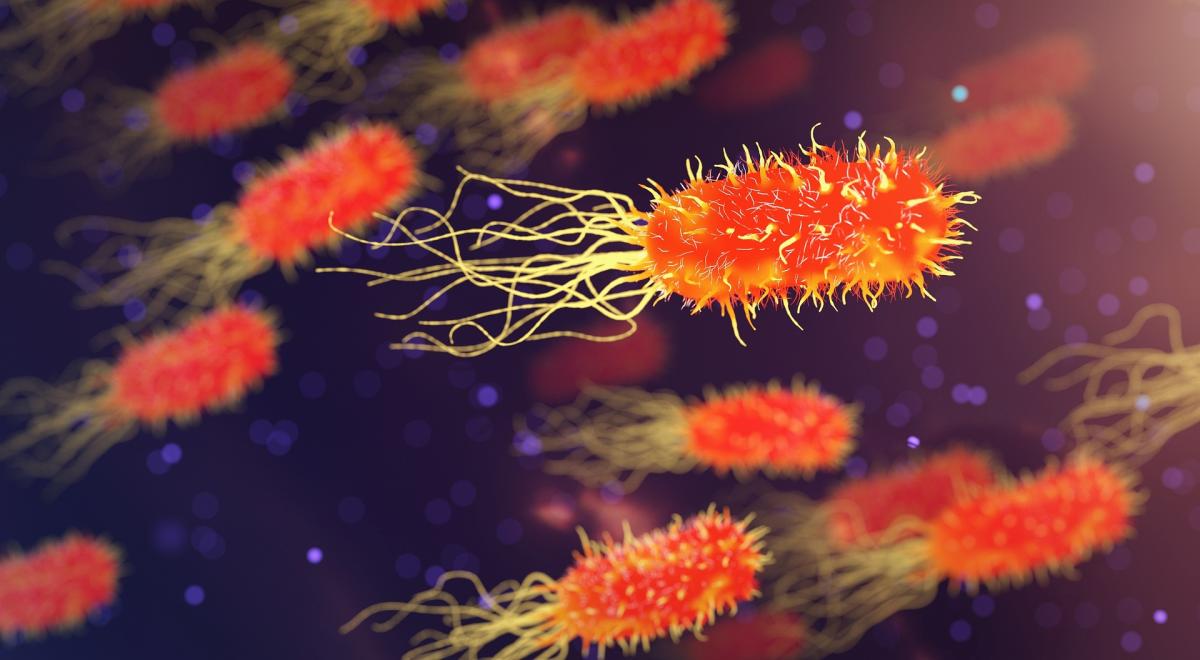
Diagnosing Huntington's Disease Using Gel Electrophoresis
by Cristi Sims
Students will use Gel Electrophoresis to diagnose the dominant, fatal, genetic disorder of Huntington's Disease, a neurodegenerative disorder caused by an excessive number of CAG repeats in the DNA which results in the aggregation of Huntington proteins that blocks proper neurological functioning. It is a great way to introduce the biotechnology of gel electrophoresis using a backdrop of student understanding of genetics and the impact of mutations on protein structure and function. In addition, by using a "case study" approach, this humanizes the diagnostic aspect and introduces the ethical questions surrounding genetic testing including whether or not the people involved will ever be eligible for health insurance if they test positive for the disorder.
Lesson Plan Link/URL
https://docs.google.com/presentation/d/1x5j_SYOenycOvpRazP9RPkdhZb-64a6Y/edit?u…
Featured
Off
Related Content

Grades:
9th Grade, 10th Grade, 11th Grade, 12th Grade
In studying science, we are limited by the bounds of our own senses when collecting data. By developing technology that allows us to enhance and extend our senses, we can study things we would not

Grades:
9th Grade, 10th Grade, 11th Grade, 12th Grade
Students are guided through the urgency to create large scale plan solutions for climate mitigation and green energy fuel sources. They will then build and design a bioreactor using algae as a

Grades:
7th Grade, 8th Grade, 9th Grade, 10th Grade, 11th Grade, 12th Grade
This lesson is a whole unit on energy. It can be broken up into 10 separate lessons. I chose to put them all together so that it was easier to see how I organized them so you did not have to search

